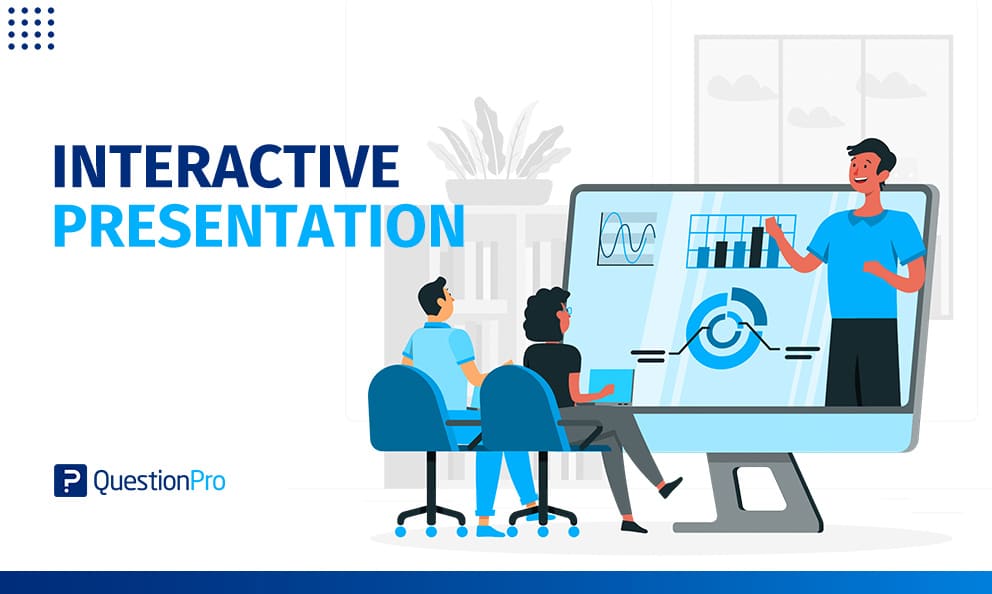 Reading Time: 3 minutes read
Reading Time: 3 minutes read
An interactive presentation includes components that the spectators can examine and entitles them to feel belonging through participation. Prevent your dialogues from being predictable; with an interactive presentation, there is always something overlooked waiting to be noticed.
Workplaces, schools, and organizations have turned to remote working and learning models in response to the ongoing global crisis. We’ve been challenged to communicate through screens without proper preparation, leaving plenty of room for miscommunication.
Clear and effective communication strategies are vital for the proper development of society from learning centers to the workplace, and presentations are often the perfect tool to acquire the wanted effect on our audience.
The success of a presentation depends on the ability to organize and present it well; having a clear idea of your presentation options and how to get the most out of each of them will be the decisive factor.
What is an interactive presentation?
An interactive presentation is a more dynamic way of presenting than the traditional way, by connecting with an audience through sounds and visual tools that amplify the chances for the topic to impact the participants and gain audience engagement significantly.
These presentations allow communication between an audience and their expositor in a dynamic way, enabling interaction through real-time mutual communication. Dynamics of this type are helpful to connect with clients, students, co-workers, or even remote family members.
The importance of audience engagement
The obvious goal whenever preparing a presentation is to successfully engage our audience by delivering the topic in a clear and significant way, as it’s known that the attention span of a standard audience lasts approximately 7 minutes. If the subject is particularly intriguing, it might take up to 10 minutes.
The lack of interaction with the public is the main reason why audience engagement is not acquired in a traditional presentation setting. If the participants don’t identify themselves as relevant to the topic or the experience, the chances are they won’t pay enough attention.
Interactive presentation Tips for audience engagement
We witness an interactive presentation when the presenter can interact with the audience in a back and forth conversation. Whenever you’re the one in front of a stated audience, you can for sure use some of these ideas and tips we’ve gathered for you.

- Create interactive custom content. Build a trivia game with topics of interest to your audience and start with a competitive game to activate the mind.
- Use visuals in your favor. Audiovisual resources aim to facilitate the communication of the message and the retention of the information presented. We must select them appropriately depending on the audience and the theme.
- Ask direct questions to the audience. When the audience members feel they’re part of the presentation and know there is an opportunity to participate directly, they tend to pay more attention and retain data.
- Set moments for discussion sessions. Moderate the conversation in crucial moments of the presentation to avoid blank spaces between bullet points.
- Use interactive games wisely. There are several ways to implement interactive games within a presentation to keep the audience engaged, such as trivia games and fun quizzes.
- Share study cases. A personal story that exemplifies the topic can be engaging when used correctly.
In addition to keeping your audience engaged during a presentation by following these tips, it’s crucial to have the right tools.
Let audience distraction become a thing of the past with QuestionPro LivePolls! Create presentations that look and feel like the best experience for your audience to stay engaged. Stop them from getting glassy-eyed by breaking the monotony.




















